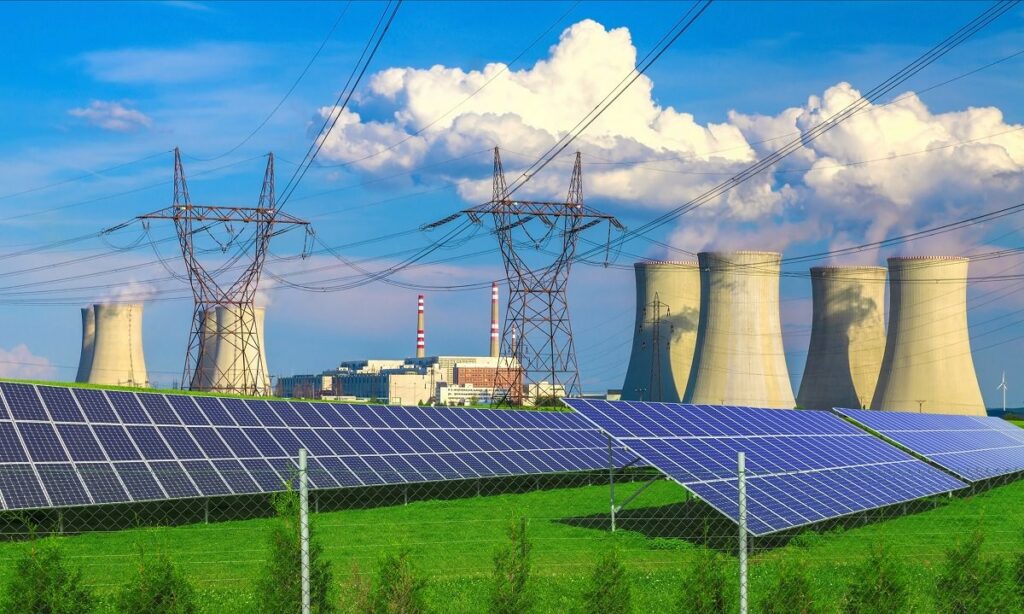By Justing Heyes. May 7th 2024

While datacenter demand continues to grow and the industry scrambles to increase capacity ahead of the generative AI boom, it is worth also considering the infrastructure that will allow these facilities to operate, as the projected growth within the datacenter industry needs to be calculated for, especially the increase in the required power, water and new points of connectivity available for this expansion. After all, a datacenter without power is not much more than an expensive warehouse, without water for cooling is a disaster waiting to happen, and without ample points of connectivity has no real purpose.
Fortunately within Malaysia we are perhaps better prepared than most of our neighbours, having an abundance of resources, a reliable power grid and a strong terrestrial network that spans the entire country. However, while the groundwork is there, we cannot be complacent.
In the case of power, in 2024 alone, there are nine planned datacenter projects connecting to the grid with a total of 700 MW in demand. Tenaga Nasional Berhad (TNB) has projected that by 2035, the potential maximum demand from the Datacenter industry could see in excess of 5,000MW which would account for 18.5% of Peninsular Malaysia’s current installed capacity (New Straits Times, 2024). These projections could be on the conservative end however, as according to analysts at this year’s Bloomberg Intelligence Summit, models for projecting required capacity have grossly underestimated demand.
With time to scale up total supply across the country, Malaysia has incredible potential, but this does have to be balanced with the drive for sustainability in the industry. More alternative renewable energies such as wind and solar need to be invested in further and it would not be too much of a stretch to extend the idea of looking at nuclear energy in the future to support the ever growing digital economy. While this may garner some objection, looking to the American model where this is commonplace, shows the concept’s feasibility and looking to our neighbours, the Indonesian government announced its aim to develop a nuclear power plant by 2039 (Jakarta Post 2023). Small Modular Reactors (SMRs), according to experts, are a viable source of “cleaner” energy.
Water on the other hand being a natural resource, cannot be generated and needs to be more carefully considered when accounting for. Current datacenter models still require a considerable amount of water. According to the United Nations, by 2025, 50% of the world’s population is projected to live in water-stressed areas, making datacenter water usage a key environmental area to prioritise change. While new developments such as precision liquid cooling, look to significantly reduce this demand, the uptake is not yet sufficient to say we are in the clear.
We have seen in the case of the development of the datacenter hubs in Johor, the impact on water rates as demand escalates. While this is being addressed, if we are to capitalise on these opportunities as a nation, locating new sites for datacenter parks across the country would be of paramount importance. Even going so far as to recommend alternative sites based on the type of datacenters that are being developed. Training and tuning application workloads for AI is not typically latency-sensitive, and therefore opens up more options in terms of locations for the future hyperscale AI facilities which are being predicted, in areas that are more suited for meeting demand without affecting local populations.
Looking at connectivity, again we see a similar story. The increasing data traffic is notably driving the dark fibre market growth in Malaysia, and while the current capacity in place seems sufficient, as demand increases having the infrastructure in place to pull new cables will be vital. Dark fibre connectivity is the lifeline of datacenter operation, although factors such as high initial and leasing investments may impede the market growth. Investment in this will show dividends as the market is projected to have an accelerating momentum with a current CAGR of 10.85% until 2025 (Research & Markets). Malaysia would do well to also source more companies capable of providing such services, as at current the market share is currently owned and operated by a relatively small number of companies.
Subsea Landing stations are another topic brought up, when discussing the connectivity within Malaysia. While international data is coming into Malaysia, the main routes taken to get it here are through other countries. Decisive investment in establishing subsea landing stations across Malaysia would open up alternative (and in some cases more direct) routes for international data and establish Malaysia as a key destination in its own right.
Malaysia is at a critical junction in developing its hyperscale capabilities, the country is incredibly fortunate in having infrastructure in place to capitalise from the initial growth, as a result in part of Singapore’s moratorium. But the question of “what’s next?” looms large, with the potential being the leading role as APAC’s digital hub. Forward thinking, investment in the right areas and planning for growth across the nation,will be required, but the rewards in this development are too great to be missed.